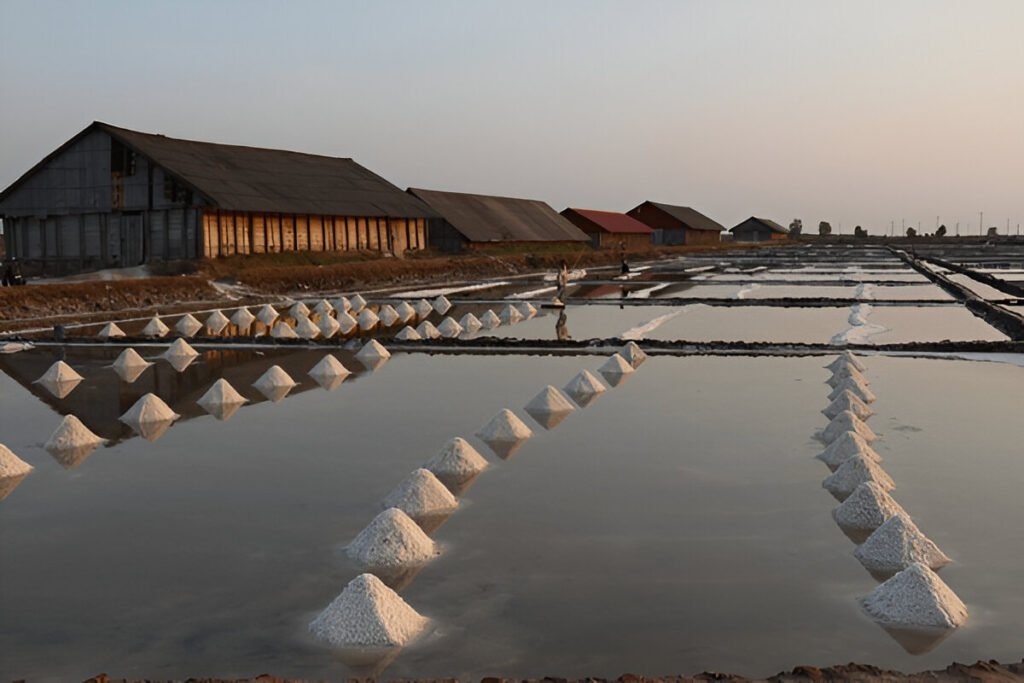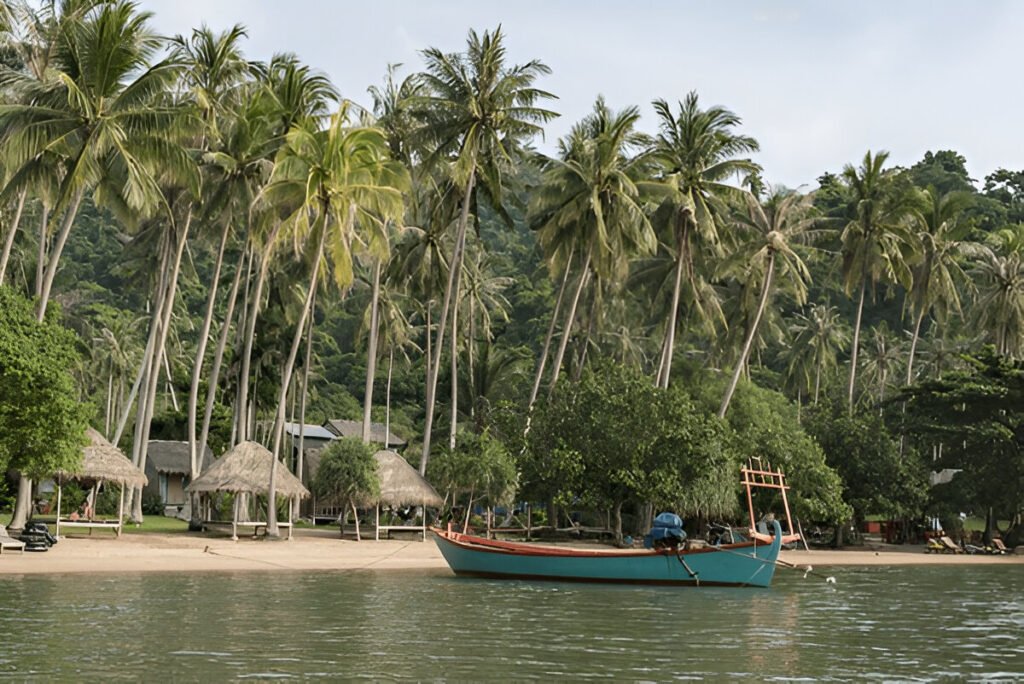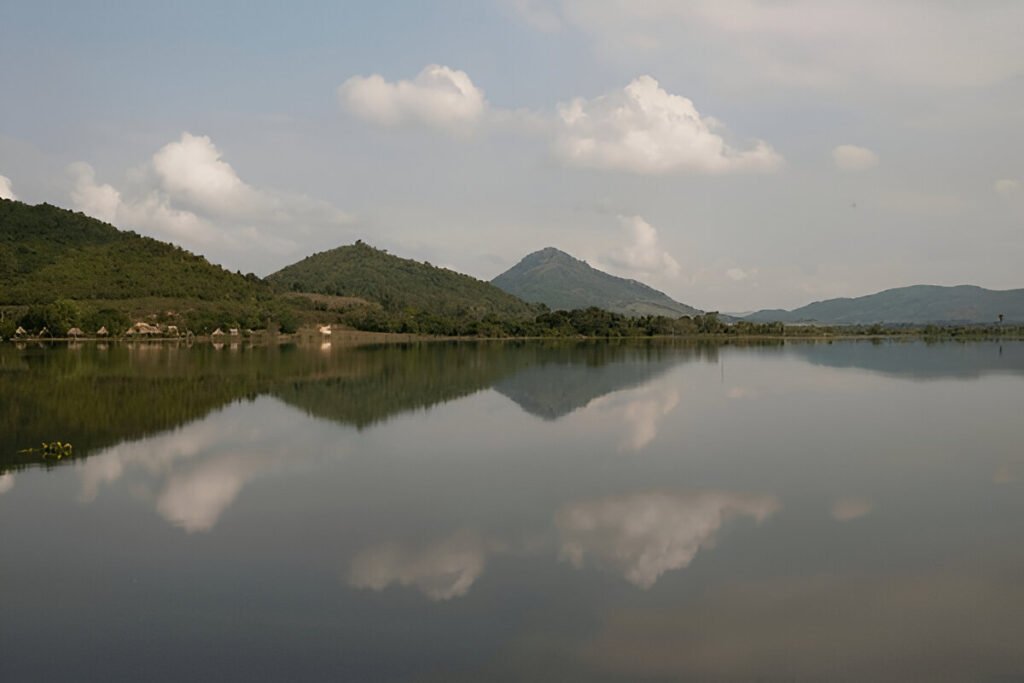Introduction:
Tucked away in the bustling metropolis of Macau, a special tribute to Portugal’s national poet, Luís de Camões, awaits exploration. Known as Camoes Garden and Grotto, this splendid destination combines culture, natural beauty, and history into a unique experience. The oldest park in Macau, it offers an oasis of tranquility amidst the city’s frenetic pace and is a must-see for anyone keen to delve into Portugal’s rich cultural heritage.
Description of the Attraction:
The Camoes Garden, spreading over 20,000 square meters, hails as an elaborate tapestry of vibrant plant life, traditional Chinese structures, and calming stone paths. The standout feature, however, is the grotto dedicated to Portugal’s most famous poet, Luís de Camões. This tribute consists of a bronze bust of the poet nestled in a cave-like setting, surrounded by lush vegetation and overlooking a serene pond. The grotto is said to be the very place where Camões penned some of his illustrious works during his exile in Macau in the 16th century. Here, visitors can feel a profound connection to Portugal’s rich literary past.
Camoes Garden is more than just a tribute to a celebrated poet, it’s also a living testament to the fusion of Chinese and Portuguese cultures. Traditional Chinese elements like the moon gate, pagoda, and stone tables for Chinese chess blend seamlessly with Western-style walkways and the grotto itself. The park is a popular spot for locals who partake in Tai Chi sessions, card games, or simply enjoy the tranquility it provides.
Things to Do:
There is plenty for visitors to immerse themselves into at Camoes Garden and Grotto. Start by exploring the grotto and pay homage to the poet, then meander through the array of winding paths, lush gardens, and serene ponds. Visit the pavilion atop the hill to enjoy a panoramic view of the city. Look out for the bronze plate inscribed with Camões’ most famous poem, “Os Lusíadas”, in Portuguese and Chinese.
The garden is often a stage for cultural events, such as Chinese Opera and lion dances during Chinese New Year. Visitors may also stumble upon groups of locals practicing Tai Chi or playing traditional Chinese music. Joining these activities can offer a unique insight into the local culture.
Local Tips:
The best time to visit Camoes Garden is in the morning when it’s less crowded and the temperature is cooler. Wear comfortable walking shoes as there are several uphill paths. Bringing a camera is highly recommended to capture the picturesque scenery. Remember to respect the local culture, especially if you stumble upon locals practicing Tai Chi or other activities.
How to Get There:
Camoes Garden and Grotto is conveniently located in the heart of Macau and easily reached by public transport, such as buses number 2, 2A, 9A, 12, and 28C that go directly to the site. If you’re coming from the Macau Ferry Terminal or the airport, a taxi ride to the garden will take approximately 10 minutes.
Nearby Attractions:
After exploring Camoes Garden, consider visiting other nearby attractions. The Ruins of St. Paul’s, the Monte Fort, and the bustling Senado Square are within a 15-minutes walk from the garden. These sites offer an additional taste of the city’s rich culture and history.
Conclusion:
A visit to Camoes Garden and Grotto is more than just an exploration of a beautiful park; it’s a journey into the heart of Portuguese and Chinese cultures and a tribute to one of the greatest poets of all time. Whether you’re a literature enthusiast, a history buff, or simply a lover of picturesque scenery, Camoes Garden and Grotto offers a unique experience that will stay with you long after you leave. Don’t miss out on this hidden gem during your visit to Macau.






